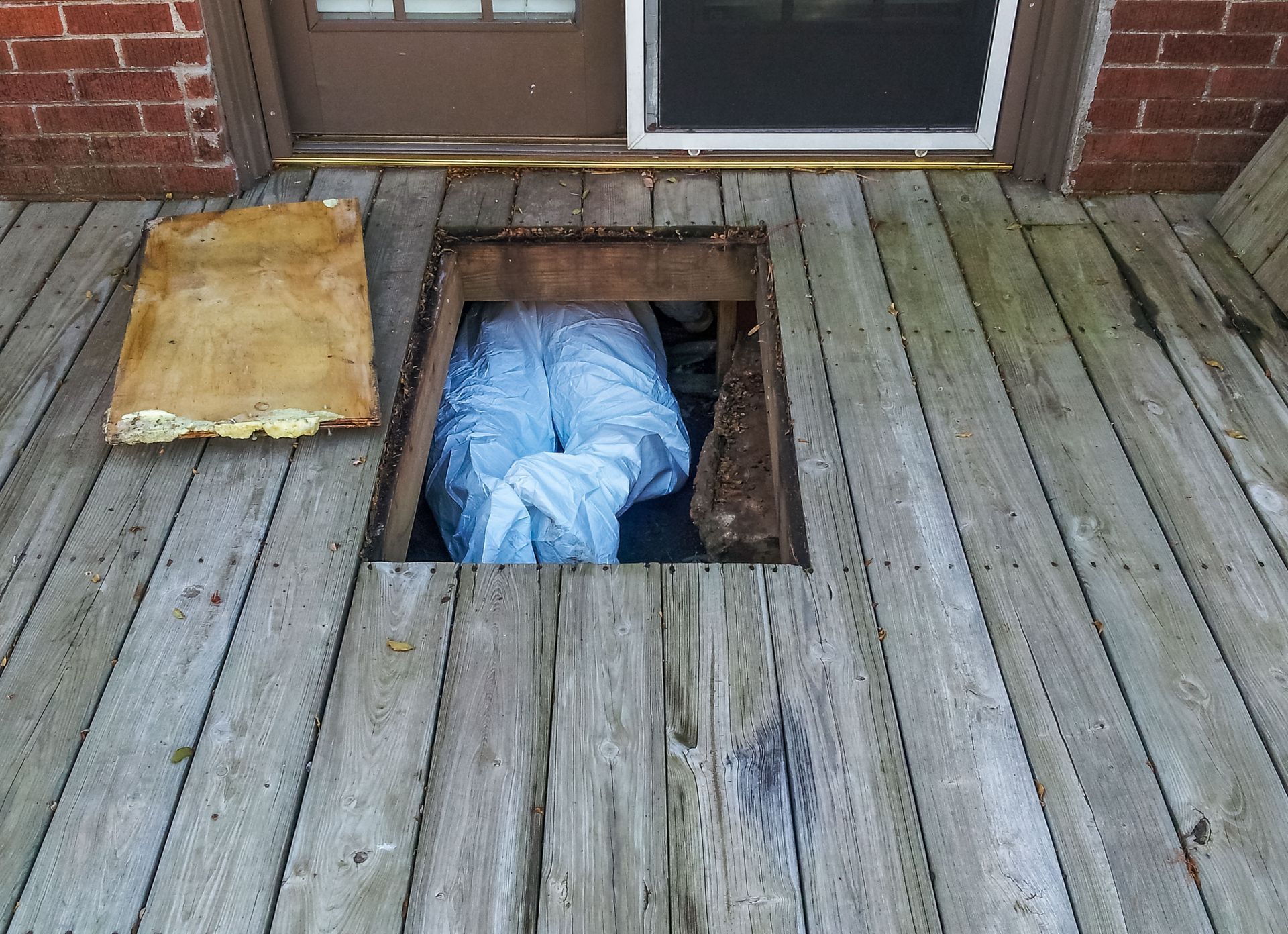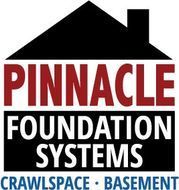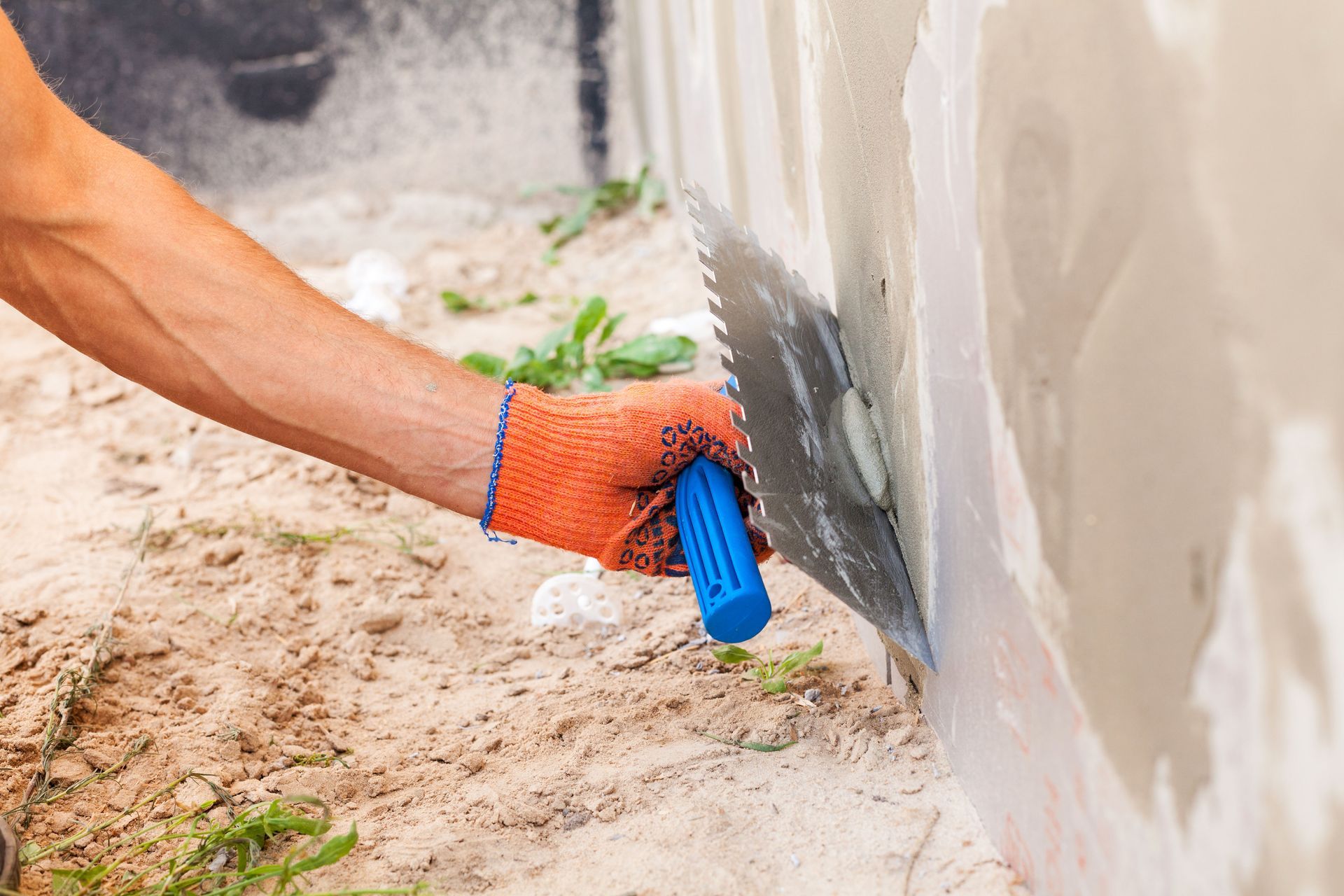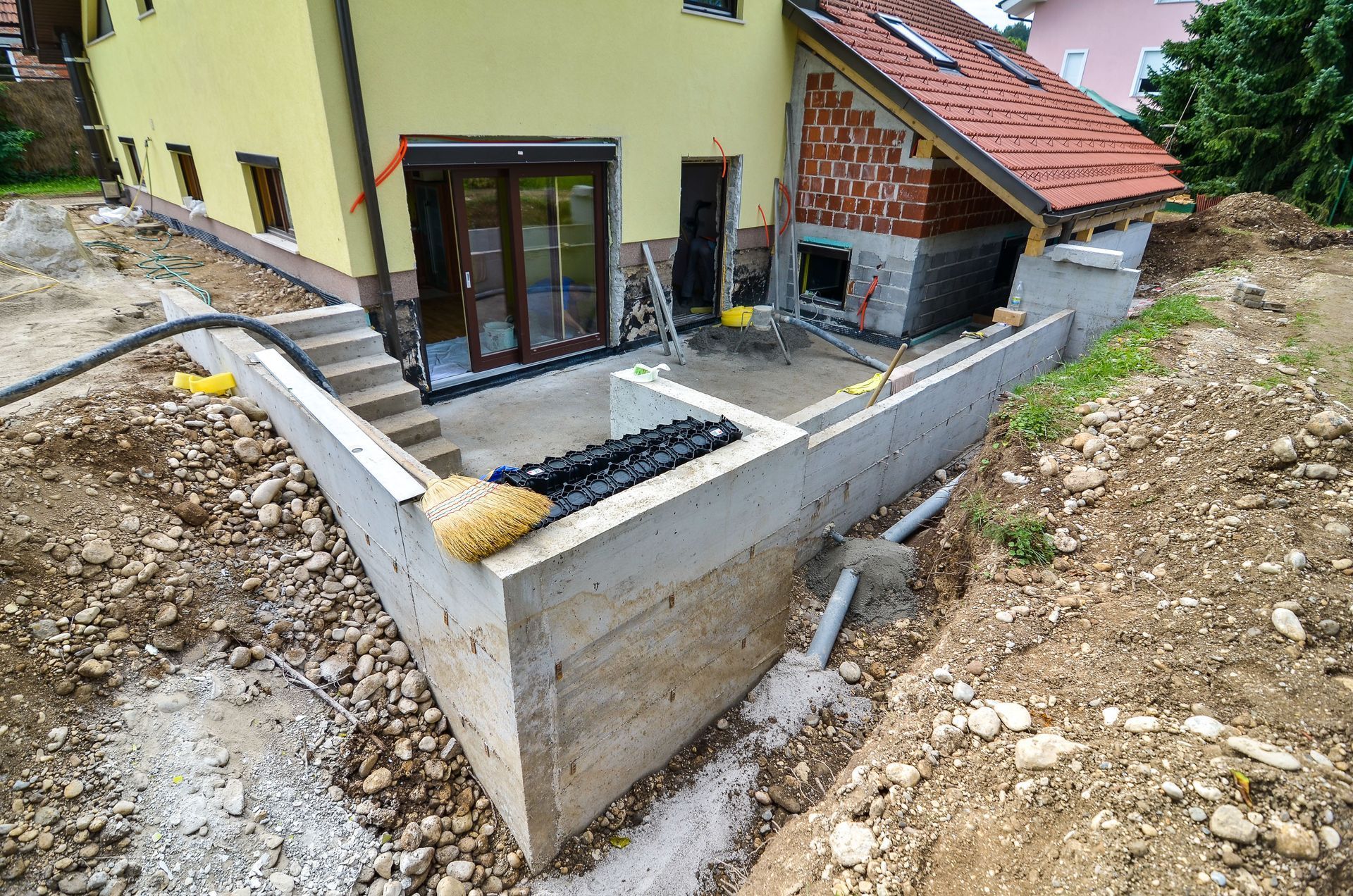September 12, 2025
The area beneath your home is easy to ignore, yet it influences structural stability, indoor air quality, and long-term maintenance costs more than most homeowners realize. Whether you're dealing with humidity, pests, or aging infrastructure, a proactive plan can prevent small concerns from turning into expensive repairs. In the pages below, we explain why your crawlspace deserves attention, how to spot trouble early, and which steps deliver the best return on your maintenance efforts.
Understanding Why the Space Matters
Homes depend on the subfloor void for access to plumbing lines, electrical conduits, and HVAC components, as well as for buffering the structure from damp soil and temperature swings. When the area is dry, clean, and orderly, it supports everything above it-literally and figuratively. When neglected, it can transmit moisture to framing, harbor pests, contribute to uneven floors, and degrade air quality throughout the living areas.
Clearance height matters for accessibility, safety, and code compliance. According to This Old House, many modern codes target 18-24 inches of clearance to aid inspection and service, while some older residences may have only 12 inches of space. Adequate access enables technicians to reach shutoff valves, inspect structural members, and maintain mechanicals without invasive demolition. Good organization matters too: labeled shutoffs, neatly routed lines, and unobstructed pathways reduce the risk of accidental damage during routine work.
Moisture management is the foundational task. Soil vapor, groundwater, and bulk water from poor grading are common sources. Left unchecked, moisture accelerates wood decay, rusts fasteners, and creates ideal conditions for mold amplification. By treating the area as a critical building system, not a forgotten cavity, you protect framing, improve energy performance, and set the stage for simpler maintenance that begins in the crawlspace and extends through the entire home.
Assessing Red Flags and Early Warnings
Early detection prevents small issues from becoming structural headaches. Look for pooled water, darkened joists, efflorescence on foundation walls, spongy subfloor sections, or metal components with surface corrosion. Watch for sagging floors, doors that go out of square, or cracks that radiate from window and door corners-symptoms that can indicate movement or moisture-related deterioration.
Odor is a powerful diagnostic clue. Musty smells often point to elevated relative humidity or fungal growth. Air in lower cavities can migrate upward through the stack effect, carrying spores and volatile organic compounds into living spaces. If household allergies worsen after rain, or if certain rooms smell earthy, the source may be below your feet.
Utilities offer their own signals. Insulation falling from joist bays, condensation on supply ducts, or stained piping suggest temperature and moisture imbalances. Critter indicators-droppings, gnaw marks, shredded insulation, or small tunnels through loose soil-should trigger immediate investigation. Document what you find with photos, then establish baselines to measure humidity, capture surface temperatures with an infrared thermometer, and also keep a log. Objective data helps you confirm that corrective steps are working, and it keeps you focused on causes, not symptoms, within the crawlspace environment.
Controlling Moisture, Drainage, and Ventilation
Water control starts outside. Grade soil so it slopes away from the foundation, extend downspouts well beyond drip lines, and keep gutters clear. Where roof geometry concentrates runoff, splash blocks or underground leaders help route water away from footings. If groundwater pressure is persistent, perimeter drains, interior channels to a sump, or both may be warranted. A properly sized sump pump with a check valve, battery backup, and an accessible discharge line is cheap insurance compared with structural repair.
Vent strategies should be intentional, not incidental. Traditional passive vents can admit humid summer air, making problems worse. Pay particular attention to ductwork. Insulate cold supply trunks to prevent condensation, and seal joints to maintain static pressure. Done correctly, these steps keep the crawlspace dry, predictable, and resilient across seasons.
Protecting Against Pests, Mold, and Odors
Dark, damp cavities invite pests and microbial growth. Prevent entry by sealing cracks, utility penetrations, and rim-joist gaps with appropriate materials-masonry patch at concrete, backer rod and sealant at joints, and steel wool or copper mesh where rodents might chew. Install door sweeps on access hatches, and use gaskets to reduce air exchange that can carry odors upward.
An integrated pest management plan-exclusion first, then traps, then targeted treatments-reduces chemical dependence and long-term costs. Regular inspections matter. Quarterly walkthroughs catch droppings, new tunnels, or chew points before populations explode. Homeowners who consistently block entry points, reduce food sources, and uphold dryness will see fewer infestations, less damage, and cleaner air moving from the crawlspace to the living spaces above.
Upgrading Insulation, Encapsulation, and Monitoring
Insulation upgrades pay back in comfort, noise control, and energy savings. Where joist-bay insulation is appropriate, ensure full contact with the subfloor to prevent convective loops, and protect the assembly from moisture with a well-sealed ground membrane. In many climates, insulating the foundation walls instead-paired with ground vapor control-creates a more stable, easier-to-condition cavity. Rim-joist areas benefit from air sealing and continuous insulation; just select materials with the right fire, moisture, and code characteristics.
Encapsulation elevates performance by transforming the cavity into a clean, controlled zone. A robust liner sealed to piers and walls, taped seams, and mechanically fastened wall-to-floor transitions create continuity. Add a dehumidifier with a dedicated drain, and include a humidity display where you can see it. Encapsulation also simplifies cleaning and inspections, encourages pest avoidance, and keeps odors from wicking upward through subfloor materials.
Technology ties it together. Smart sensors that log temperature, humidity, and even door status provide early warnings before moisture or equipment issues snowball. Simple additions-like water alarms near sumps, current sensors on pumps, and camera access at the hatch-streamline oversight. The goal is a balanced system where the crawlspace is stable enough to "disappear" from day-to-day concern, yet visible enough through data to catch anomalies quickly.
Partnering With Professionals for Lasting Results
Some tasks are best left to specialists. Structural repairs, drainage redesign, and mold remediation often demand trained crews, engineered solutions, and permits. A thorough evaluation typically includes moisture mapping, structural assessment, and utility review, followed by a prioritized action plan that sequences outside fixes, interior controls, and finish upgrades.
Address the water first, then air sealing and vapor control, then insulation, then mechanical tweaks. This order prevents trapping moisture and underscores cause-and-effect. Expect measurable improvements: lower humidity, fewer odors, quieter floors, and better indoor air. When done well, professional work transforms the space from a liability into a durable, low-maintenance asset that quietly supports the whole house.
Treat the hidden cavity beneath your home as a system, not an afterthought. Start with drainage and vapor control, verify airflow and insulation, and keep records to prove performance. Small, steady steps produce compounding benefits-stiffer floors, cleaner air, lower energy bills, and fewer emergencies. With thoughtful planning, regular inspection, and targeted upgrades, your crawlspace becomes a predictable, well-behaved part of the building, not a source of mystery or expense.
Most importantly, prevention is easier than remediation. By responding to early signs, prioritizing outside water management, and embracing data-driven maintenance, you avoid dramatic, disruptive repairs. Align decisions with building-science fundamentals, not quick fixes. Do that, and your space will pay you back for years in durability, comfort, and peace of mind. For all of your crawlspace needs, contact us at Pinnacle Foundation Systems today!






